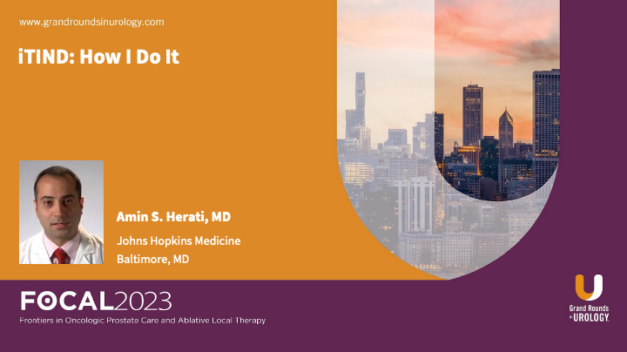Practical Considerations of Laser Enucleation Programs
Ilya Sobol, MD, provides an in-depth analysis of the practical considerations involved in implementing and managing laser enucleation programs for benign prostatic hyperplasia (BPH). His discussion focuses on the technical aspects, patient selection, and logistical requirements essential for the successful execution of these programs.
Dr. Sobol outlines the advantages of laser enucleation techniques, such as holmium laser enucleation of the prostate (HoLEP). Dr. Sobol also discusses the technical expertise required for performing laser enucleation. He highlights the necessity for specialized training and experience to master the technique. Logistical considerations are also addressed, including the need for appropriate facilities and equipment.
Read More




